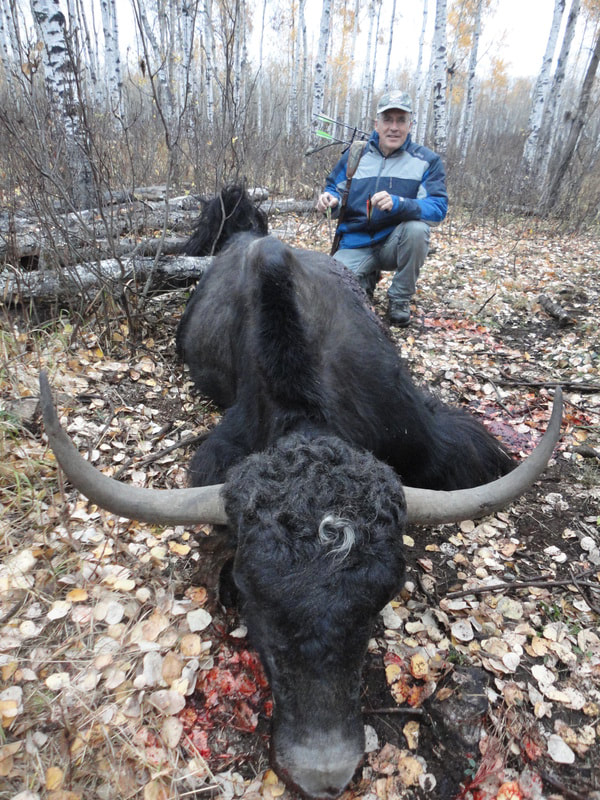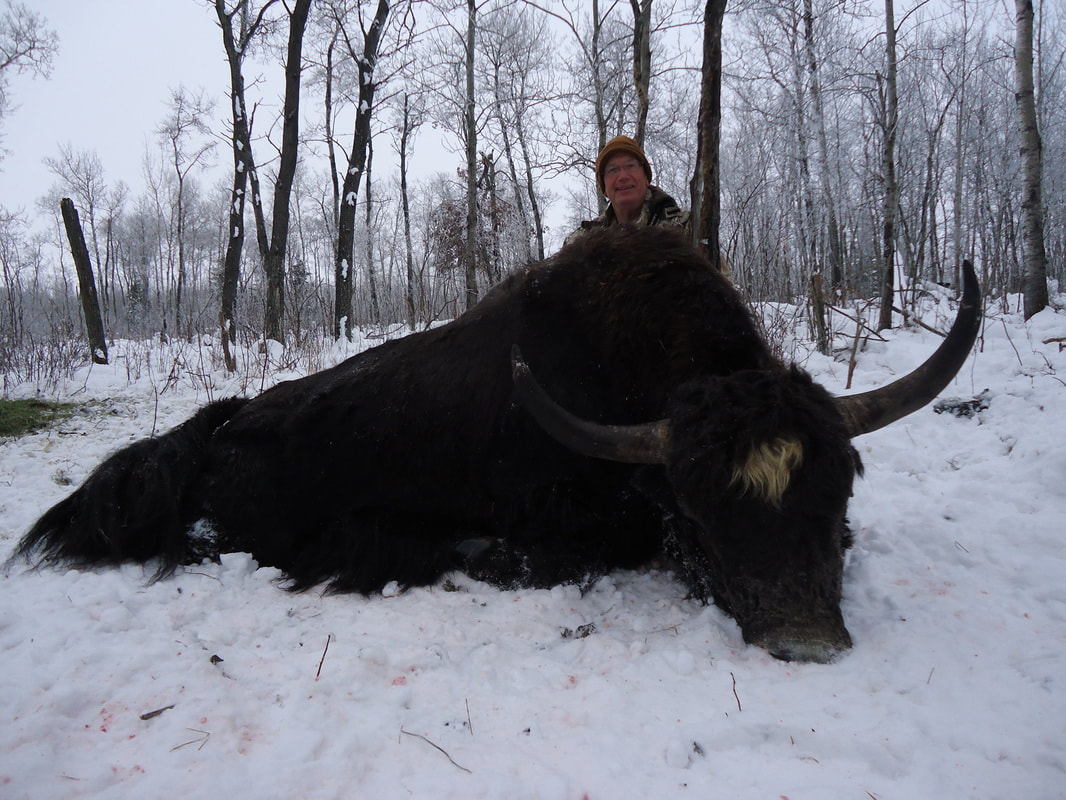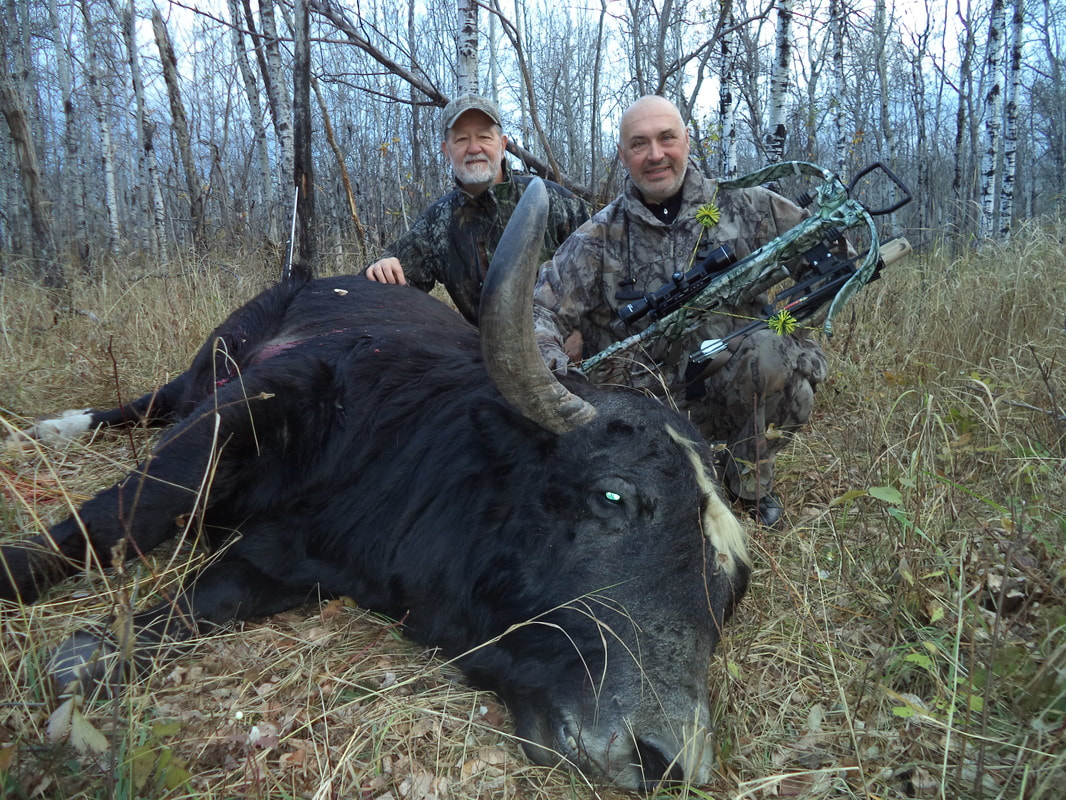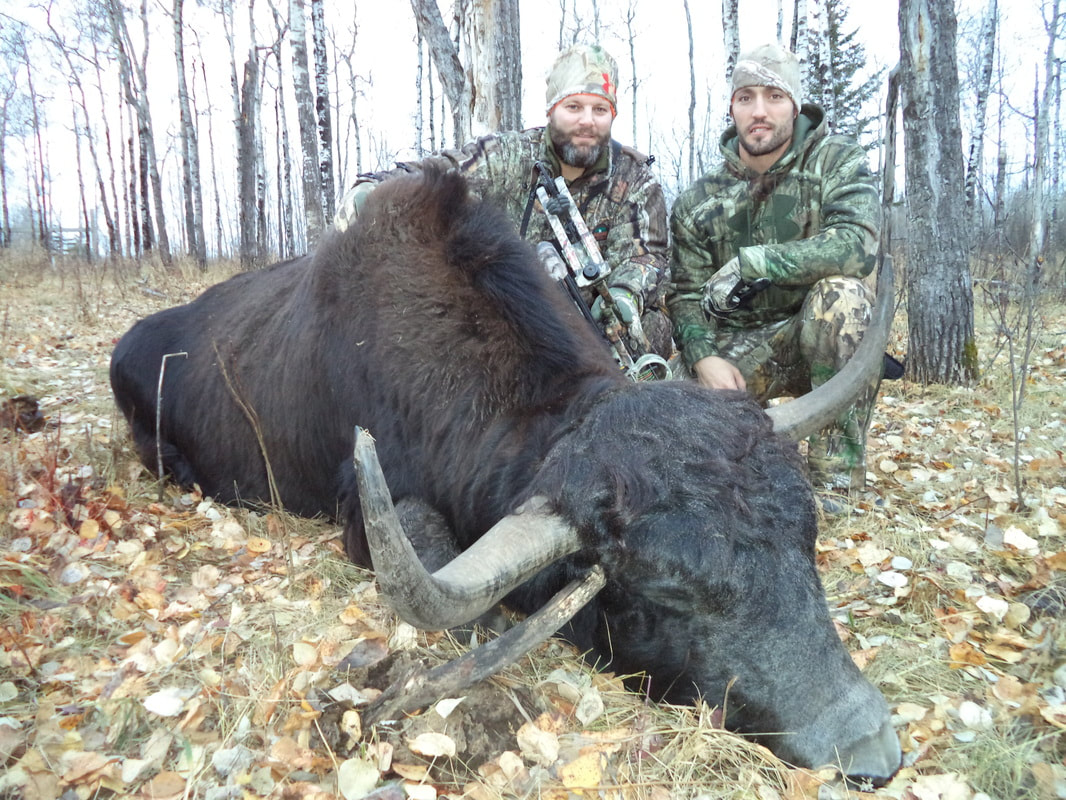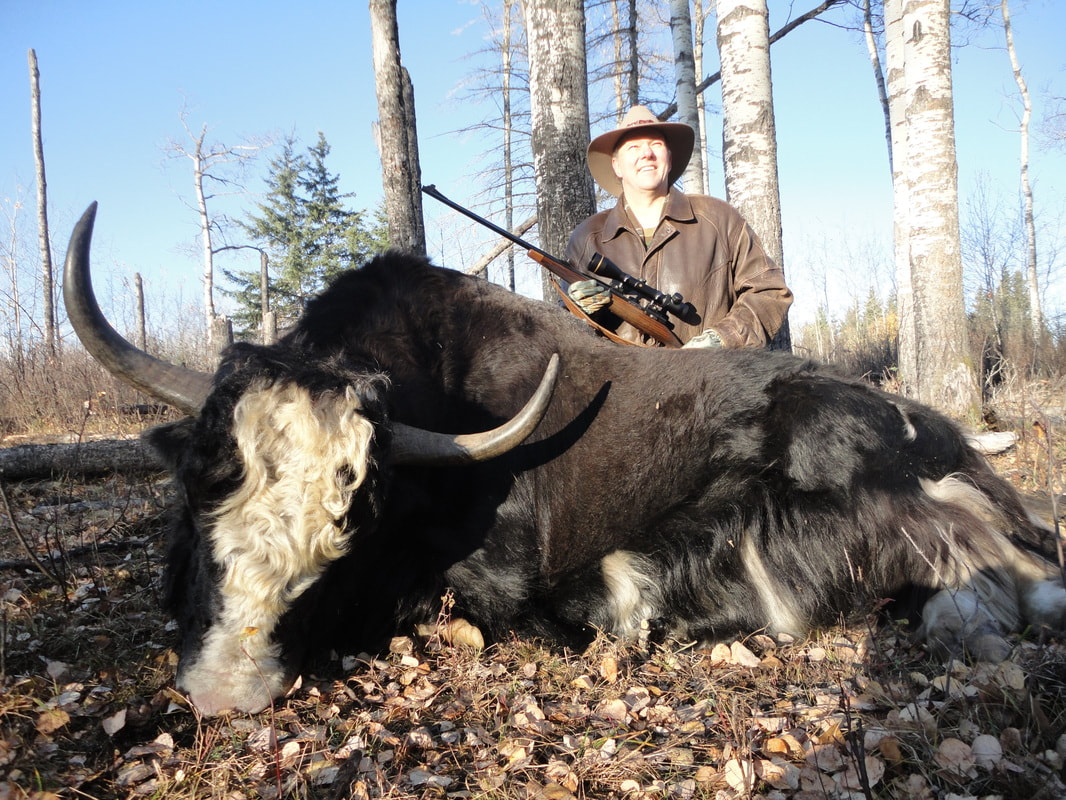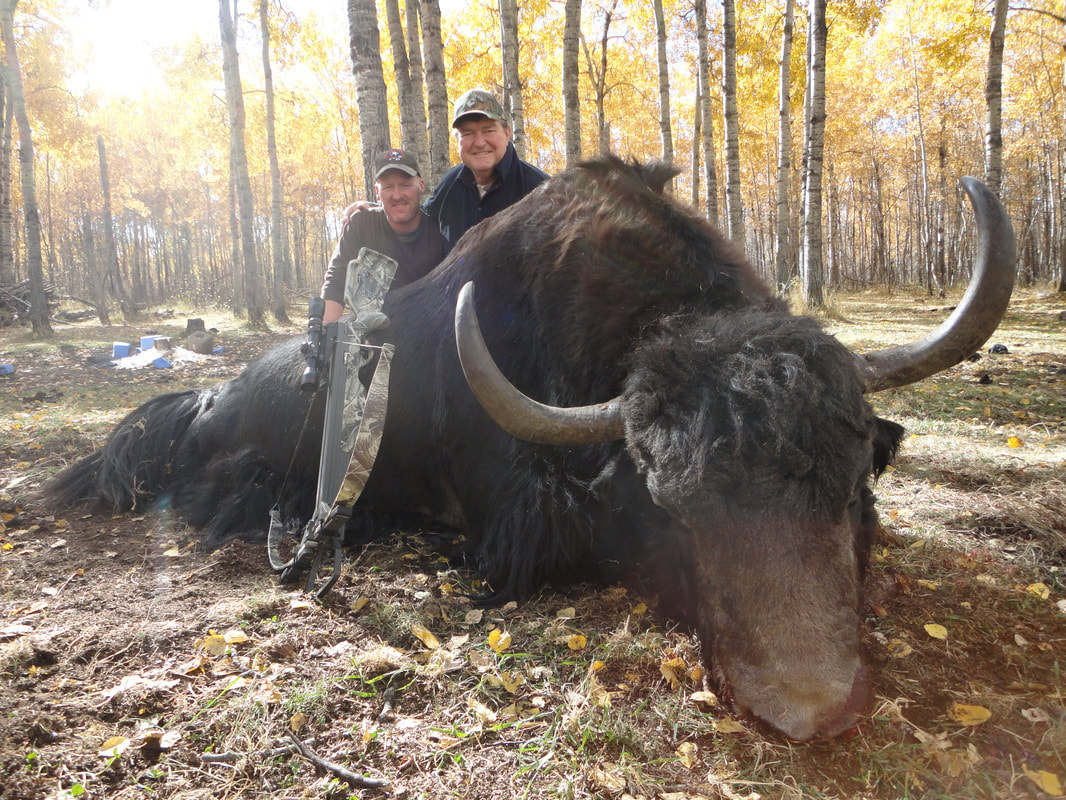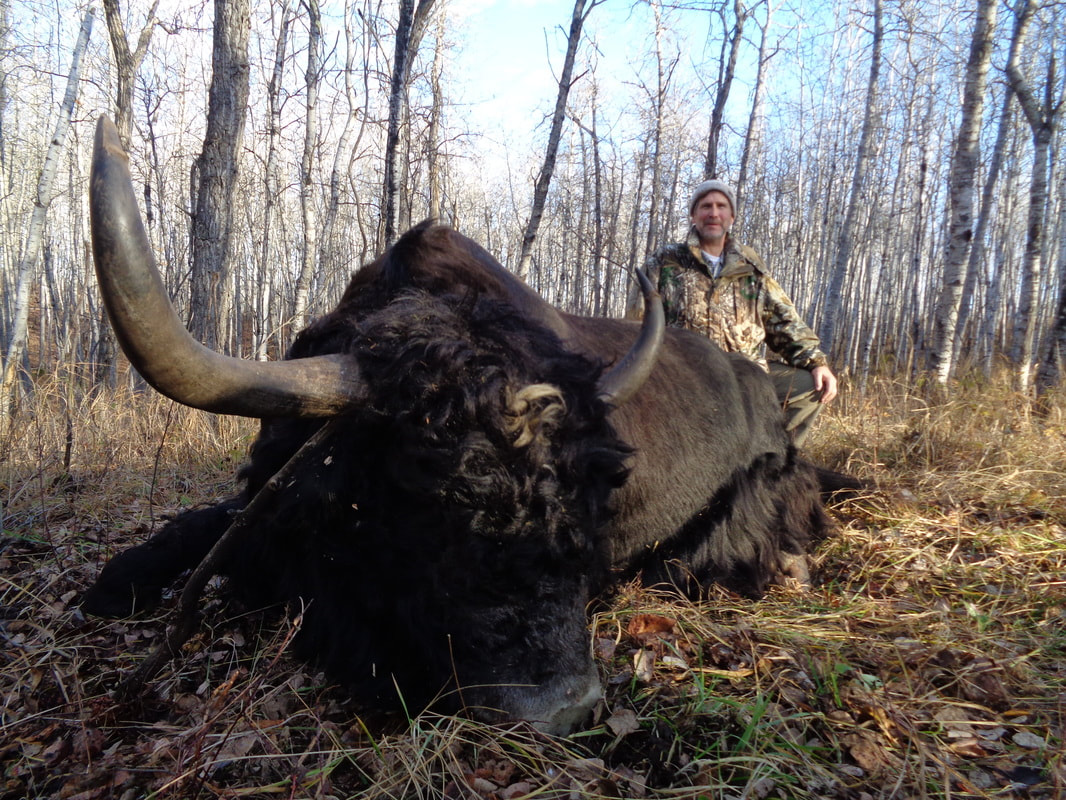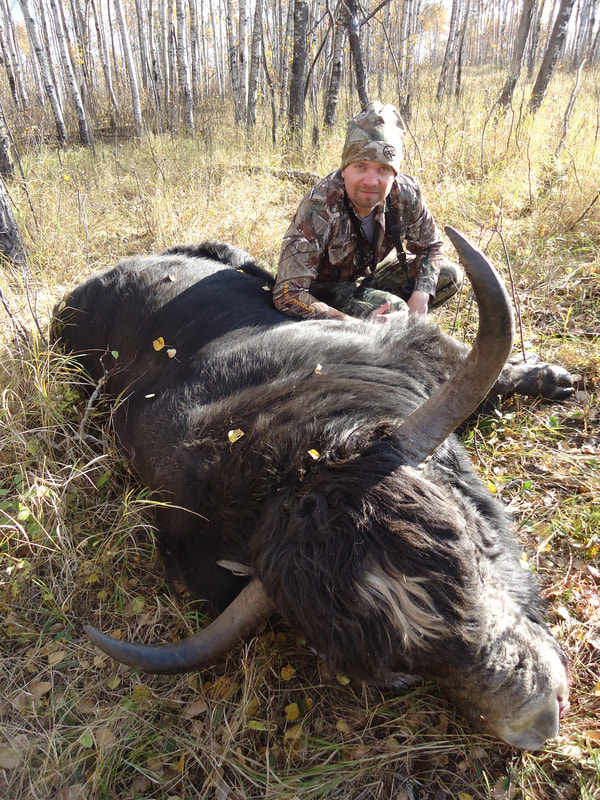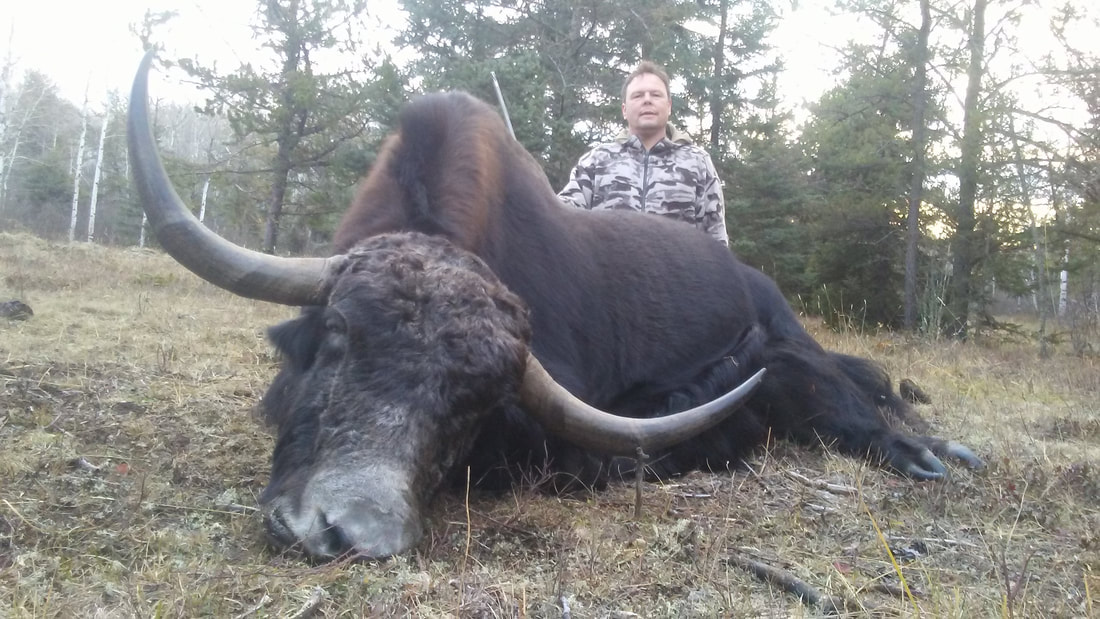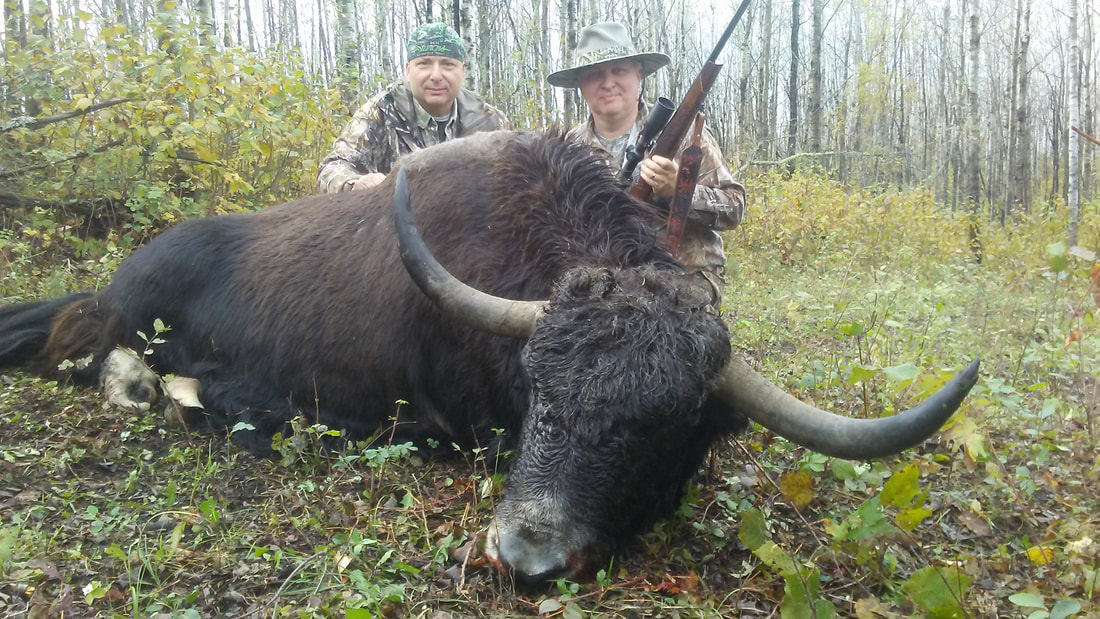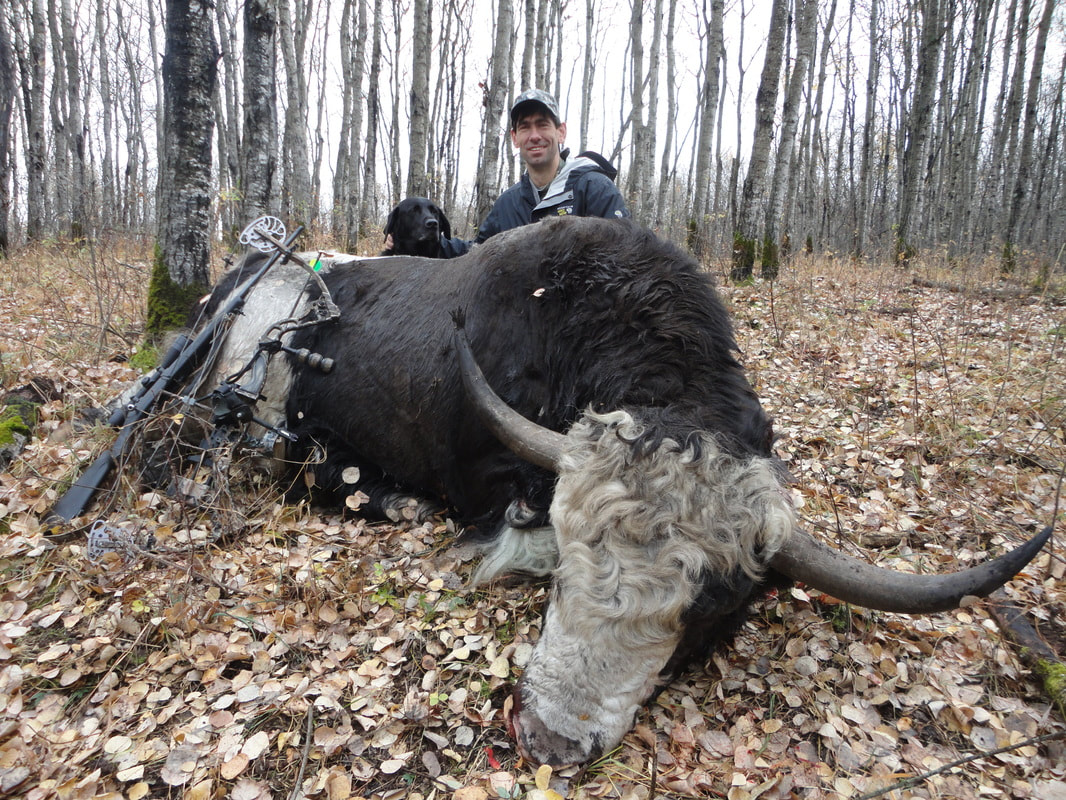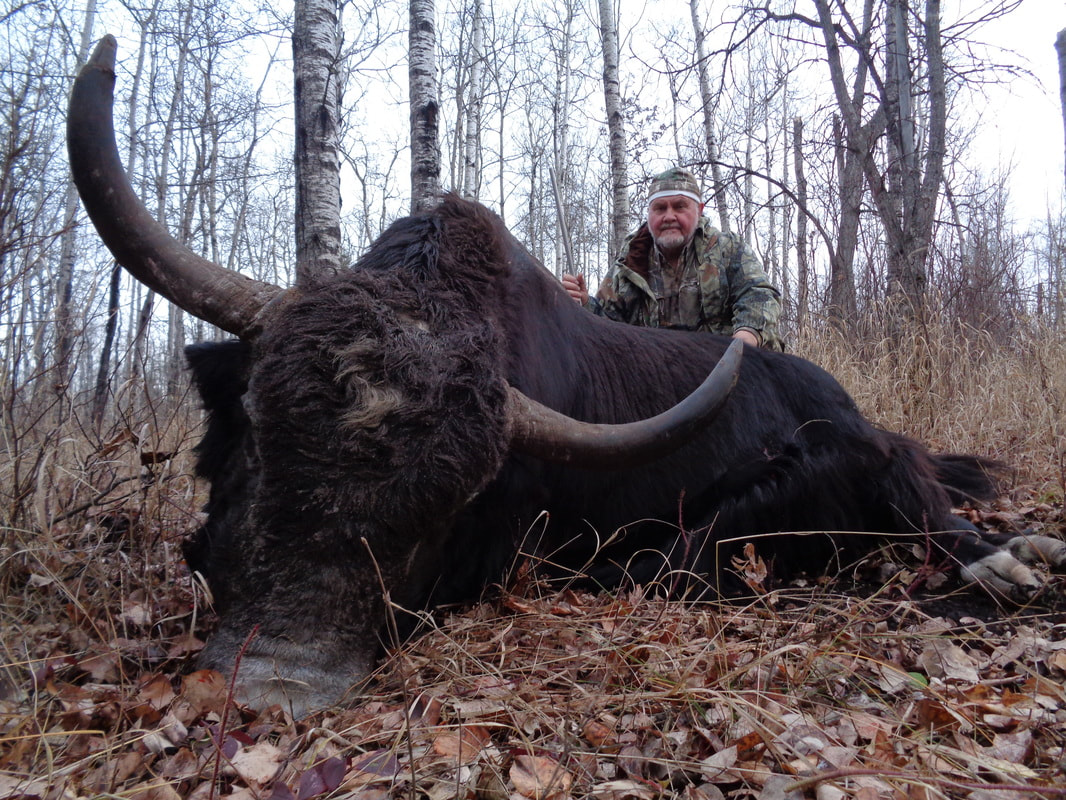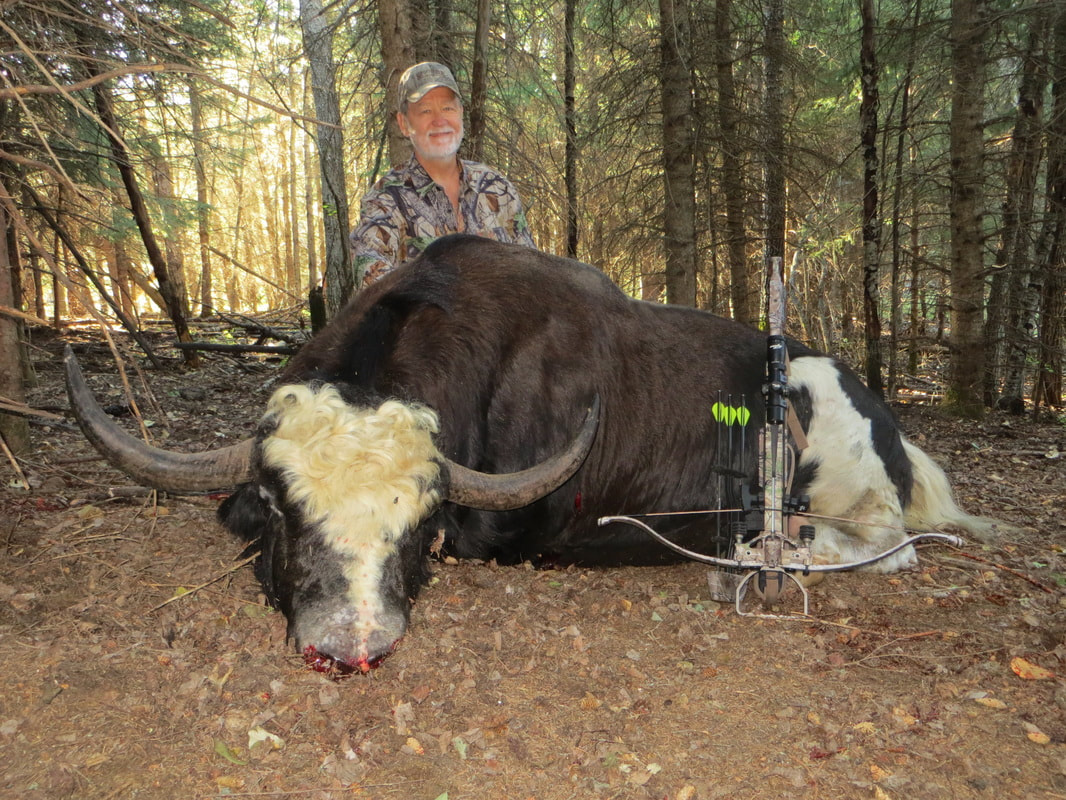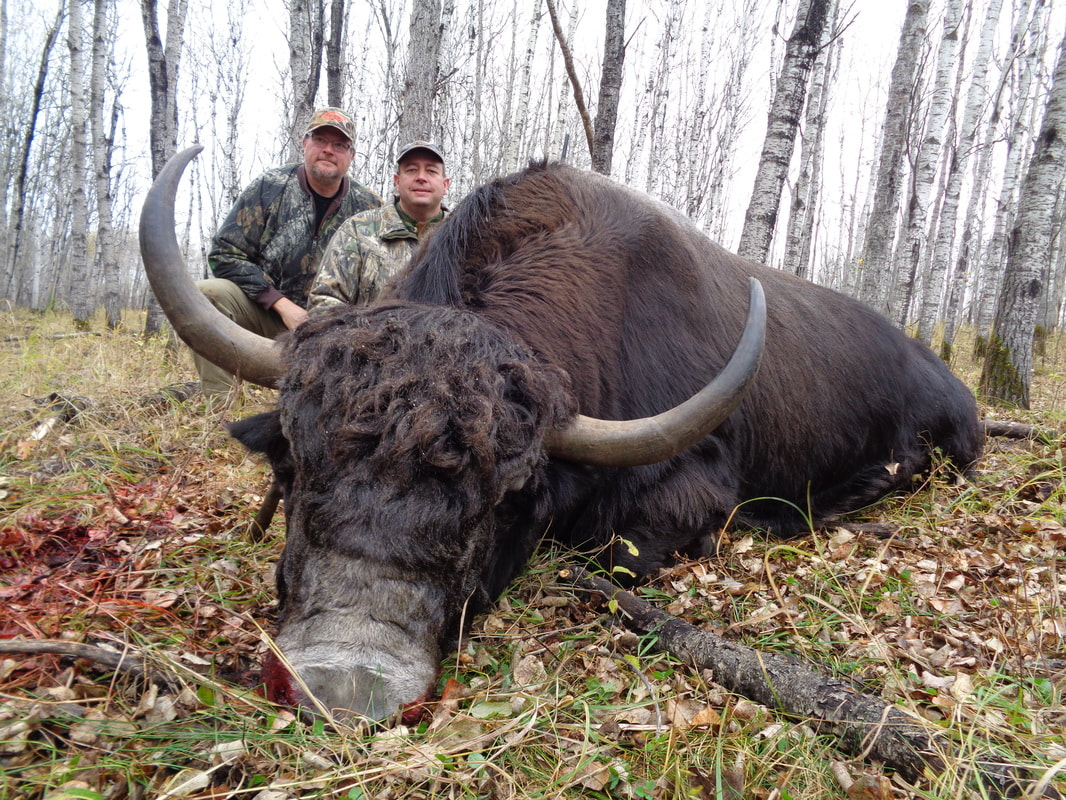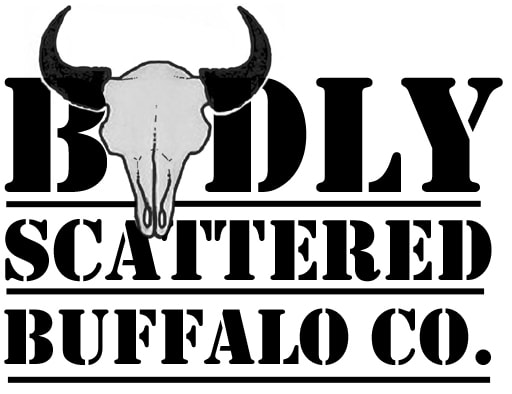Tibetan Yak
Yaks have a classic 'old world' appearance, Also known as the Tibetan Bison, the yak is a close genetic relative of the American bison. True Native Wild yaks are black with a grey muzzle, the shoulders of a yak are high and humped, horse-like tails, and long 'skirts' of hair that hang down their sides to the ground, and have a broad drooping head. Their short legs have broad hooves and large dewclaws to help them man-oeuvre over steep mountainous terrain. The bulls are very large and some bulls attain heights of about 6 feet at the shoulder hump, and weigh up to 2000 lbs, and may live more than 20 years. The horns are curved and grow out from the sides of the head and curve upwards. Both male and female yaks have horns, though those of the females are considerably smaller and shorter. The bulls horns can grow up to 95 cm / 38 inches in length.
|

